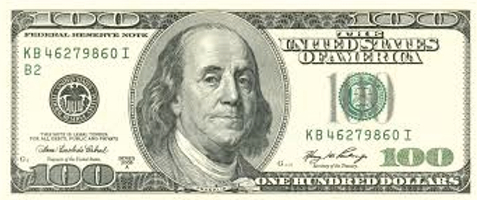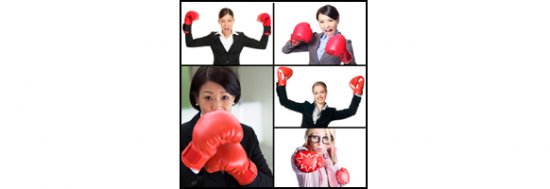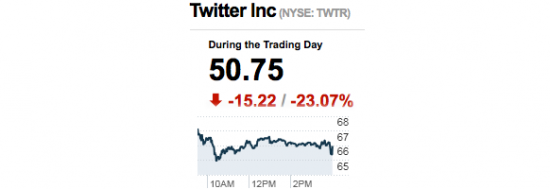Photoshop has a built-in algorithm that locks the program when an image of money is opened. Google offers a plentiful selection of stock photos to get the counterfeiter started, however.
According to the Secret Service website it’s not illegal to take pictures or scan United States Currency provided that it is used to print counterfeit money “of a size less than three-fourths or more than one and one-half, in linear dimension, of each part of the item.” The bill also has to be printed one-sided, then the digital copy destroyed. Photos of coin, in their original size, may be used for any purpose. The only legal way to counterfeit money, according to the United States Secret Service, requires counterfeiting nickels and pennies. Here’s the official invitation:
Anyone who manufactures a counterfeit U.S. coin in any denomination above five cents is subject to the same penalties as all other counterfeiters. Anyone who alters a genuine coin to increase its numismatic value is in violation of Title 18, Section 331 of the United States Code, which is punishable by a fine or imprisonment for up to five years, or both.
The Central Bank Counterfeit Deterrence Group (CBCDG) is responsible for pressuring Photoshop and most photo editing programs to adhere to its counterfeit deterrence system (CDS). While Photoshop doesn’t let you import images of currency, there’s no preventing coinage.
Despite the Secret Service’s invitation to counterfeit nickels and pennies, history proves the government unfriendly when the minting goes beyond a simple garage hobby. New Jersey native Francis LeRoy Henning pawned 100,000 nickels before drawing the ire of Uncle Sam. His 3 year jail sentence and $5000 fine didn’t warrant the investment.





